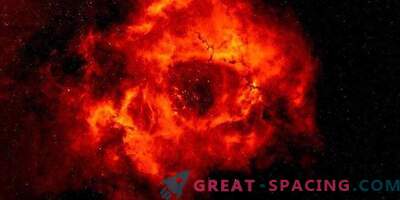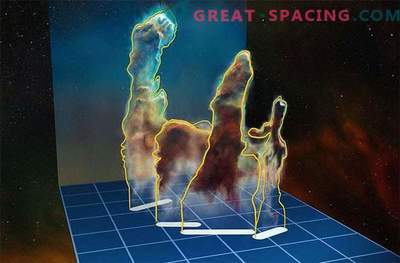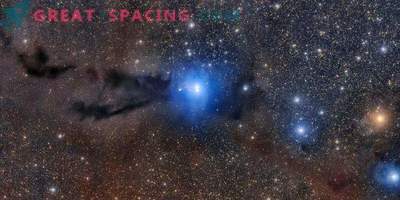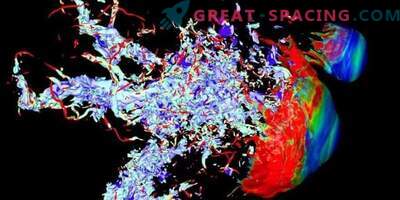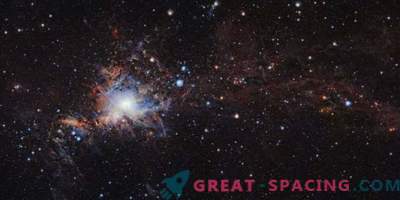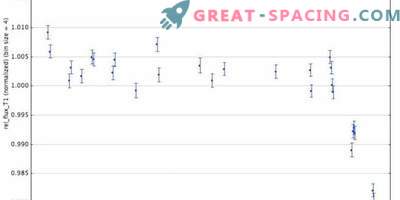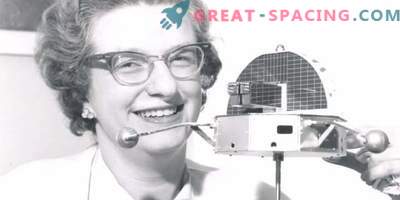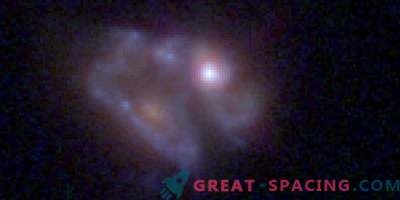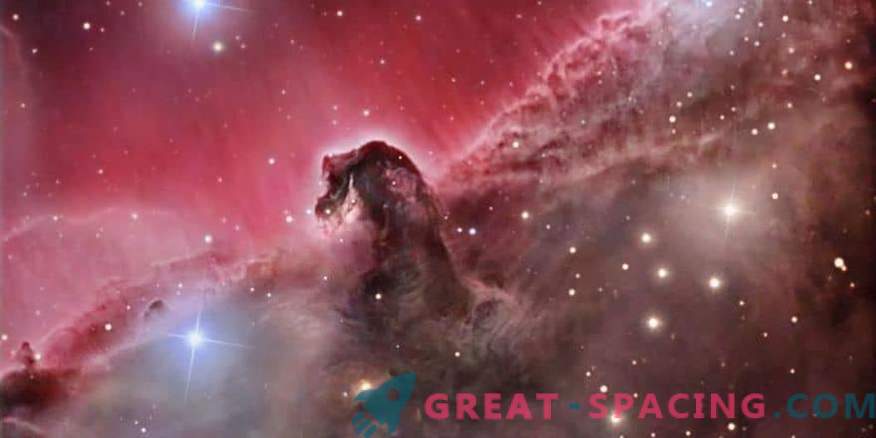
The Horsehead Nebula is marked in red and green with a cool molecular cloud (blue). The red areas are carbon monoxide molecules that are protected in a dense nebula, the green ones are atoms and carbon ions that are influenced by the rays of neighboring stars
The researchers used a NASA SOFIA map (Stratospheric Observatory for Infrared Astronomy) to obtain data on stars forming in the Horsehead Nebula. With the help of the map it is possible to understand exactly how dust and gas are involved in the star birth.
The Horsehead Nebula is part of the largest molecular cloud Orion V. It has a high density and massive enough to create about 30 sun-shaped stars. Marks the boundary between the outer cold molecular cloud and the western region filled with stars. But neighboring stellar radiation destroys raw materials in the molecular cloud, but those (carbon monoxide) that are hidden in the nebula are protected from harmful effects. This creates reactions capable of influencing star formation. Among them is the transformation of carbon monoxide molecules into carbon atoms and ions (ionization).
In the new study, scientists wanted to understand whether the strong emission of stars is enough to compress the gas inside the nebula and create a new burst of star birth. It turned out that the rays of neighboring stars create a hot plasma that compresses the cool gas inside the Horsehead. But compression is not enough to cause the appearance of additional stars. Nevertheless, it allowed the study of key information about the structure of the nebula. The radiation led to a destructive wave of ionization above the cloud. The wave stopped at the dense part of the Horsehead, forcing it to turn around itself. We obtained the cult form of the nebula due to its density, which made it possible to block the destructive forces of the ionization wave.
Researchers are trying to understand exactly how the stars managed to appear in the nebula and why others could not repeat this. In this way, it will be possible to understand how stellar objects are formed in distant galaxies.
In another study, scientists also used the SOFIA map to analyze the structure and brightness of gas in the cool dark areas of the Horsehead Nebula and around it. There are few stars, so the team tried to understand what physical conditions are observed.
It turned out that the shape, structure and brightness of the gas nebula does not match the models. Now it is necessary to conduct additional observations to identify the causes.



